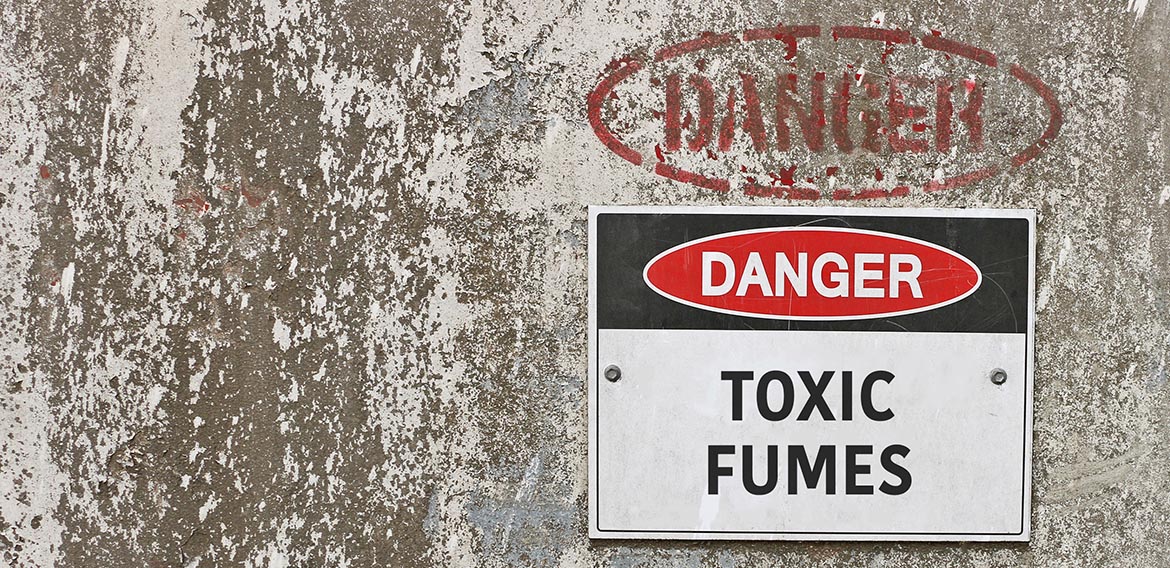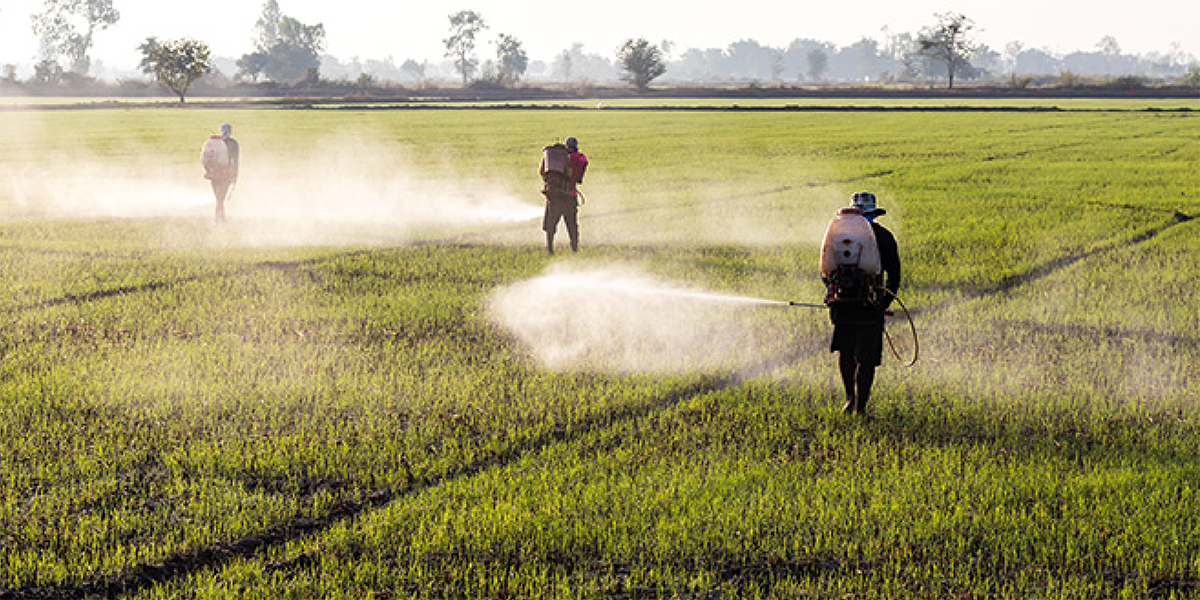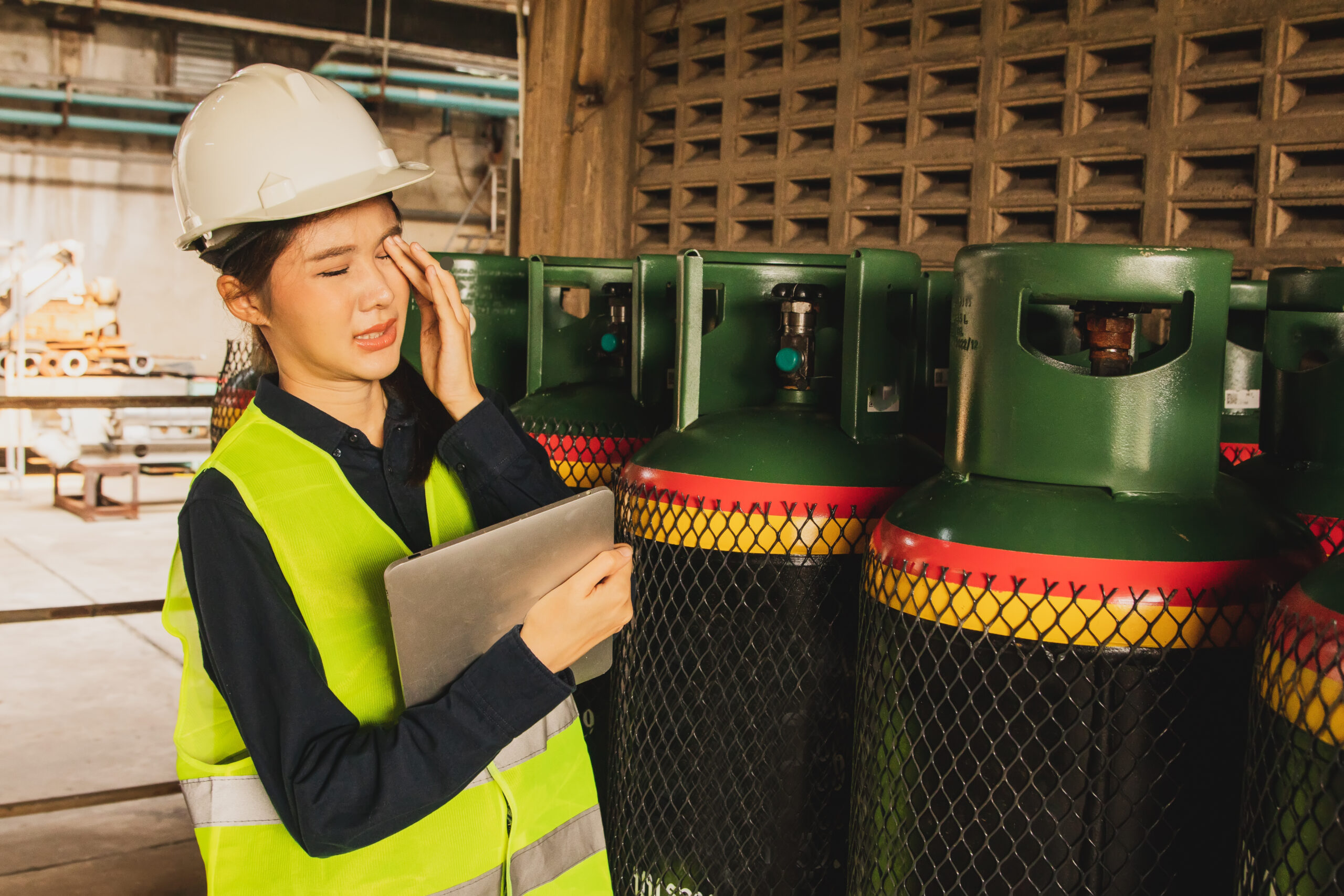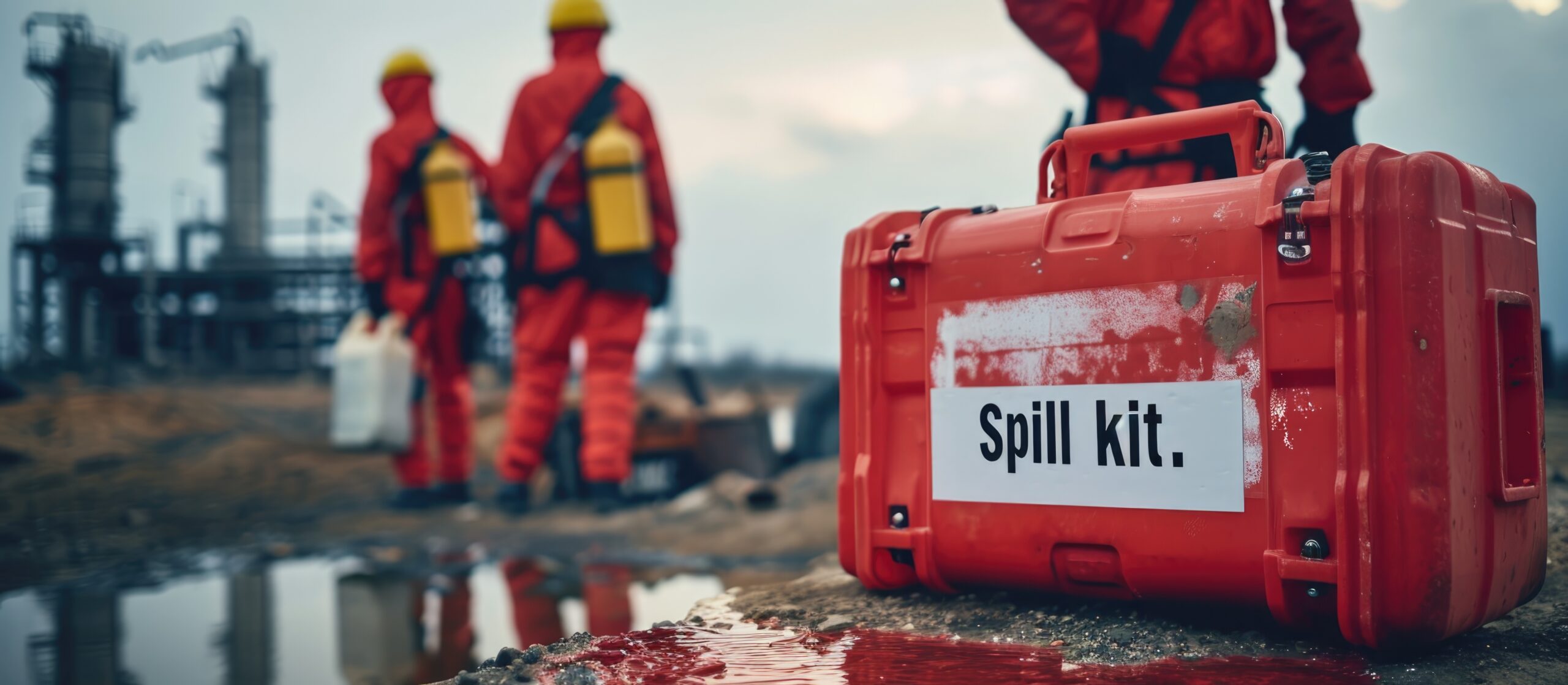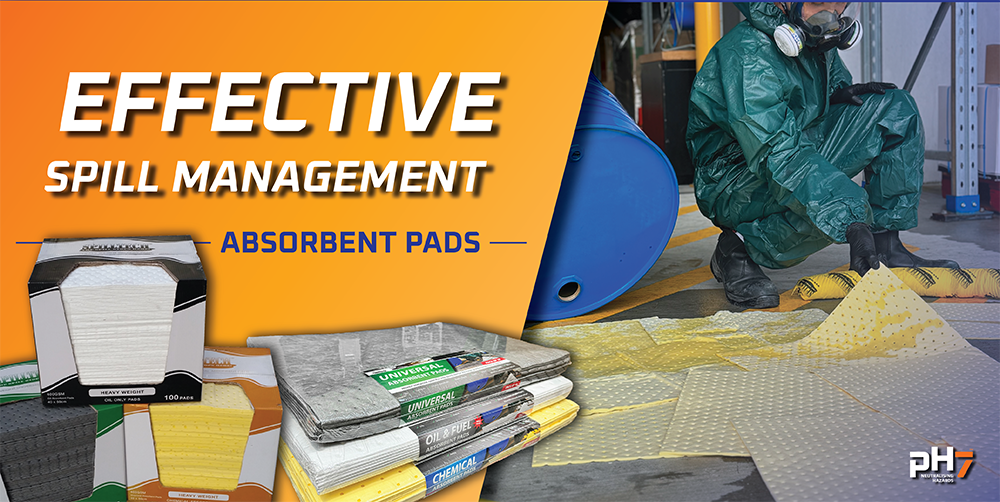If you work with hazardous substances, you may have heard of Workplace Exposure Standards (WES) and Biological Exposure Indices (BEI), but you may also be a bit puzzled about what these are exactly, how they differ, and how they relate to your workplace. Below we have tried to pull out the most important points for you to know and to help demystify this subject.
1 | What are the “Workplace Exposure Standards and Biological Exposure Indices”?
This is a publication put out by WorkSafe that is split into the two parts.
Part one looks at the Workplace Exposure Standard (WES) for airborne contaminants. In short this is the level of airborne substances it is expected that MOST workers can tolerate without coming to harm. It’s important to know that these are a guide only as each person will be slightly different and may react differently to the same level of exposure. WES is measured using air sampling and monitoring.

Part two looks at the Biological Exposure Indices (BEI) which is the measurement of a substance or its metabolites in body fluids such as urine or blood. BEI is important as it shows how much of a substance is being taken up by the body. BEI is measured using biological monitoring through regular urine or blood sampling.
The current edition of the Workplace Exposure Standards and Biological Exposure Indices is the 10th edition which was published in November 2018. WorkSafe are currently seeking feedback on proposed changes to 34 of the listed WES and 1 BEI.
2 | Who uses the Workplace Exposure Standards and Biological Exposure Indices?
The guide is designed for people who are qualified in occupational health practice, but it is important the PCBUs understand their obligations and how these indices are used to monitor risks and the health of workers.
Primarily, the indices are used for risk assessment. When proper sampling is used to monitor the level of airborne contaminants and the effect on workers it is then possible to compare these results to the indices to determine whether workers are likely to be at risk. Because, there are many potential variables involved in sampling and assessing risk this work should only be carried out by a qualified person.

3 | What do the WES and BEI tables tell us?
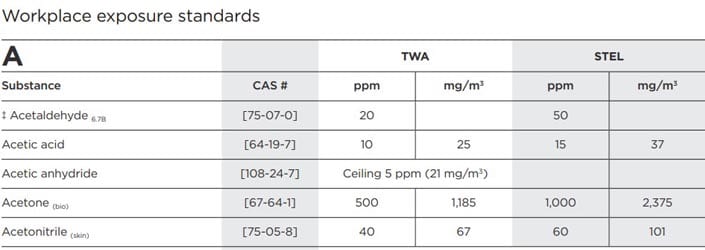
The first column lists the substances in alphabetical order. Prior to the substance you may see a “ǂ” which indicates the substance is under review. Following the substance there may also be number of letters in brackets such as (bio) or (6.7A). These are:
(6.7A) – Confirmed carcinogen
(6.7B) – Suspected carcinogen
(skin) – Skin absorption
(sen) – Sensitiser
(bio) – Exposure can also be estimated by biological monitoring
The second column is the CAS number which is a unique numbering identifier assigned by the Chemical Abstracts Service Registry to each individual chemical.
The third and fourth columns are under the heading “TWA” which stands for Time Weighted Average. This is typically the average exposure of a substance of an 8-hour period. This is useful for monitoring substances which have a cumulative effect over time. Exposure standards are typically given in part per million (ppm) and /or milligrams per cubic meter (mg/m3). For example, the time weighted average workplace exposure standard for Acetic Acid is 10ppm or 25mg/ m3 .
The fifth and sixth columns are under the heading “STEL” which stands for Short Term Exposure Limit. If a substance has a STEL then monitoring every 15 minutes is required and airborne contaminants shouldn’t be higher than the ppm or mg/m3 figure specified. For example, Acetic Acid should not exceed 15ppm or 37mg/m3 in any 15-minute period in addition to staying below 10ppm or 25mg/m3 over an 8-hour period.
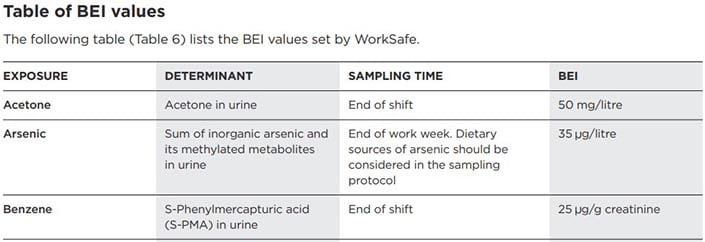
There are significantly less Biological Exposure Indices available. The tables set out the hazardous substance, how to determine the exposure level (i.e. Acetone in urine), when sampling should be carried out and what the BEI value is (i.e. 50 mg/litre of urine for Acetone).
4 | What next?
If you have concerns that the hazardous substances used in your workplace may be causing harm to people, then this should be raised as a potential risk to the health and safety manager or employee representative.
Once the risk is documented the next step is to engage a professional monitoring company to find out whether the levels of contamination are likely to be of harm to most workers.
Once air quality samples have been taken over a suitable period then decisions can be made about the best way to manage any risks that may be apparent. This could include:
- Finding a less toxic or harmful alternative
- Reducing risk to people from the exposure with engineering controls such as extractor fans
- Providing PPE to present skin absorption, inhalation of ingestion.
For more information about your requirements and or to talk through how we can help, contact us on 0800 323223, enquiries@dilnz.co.nz or via the website.
